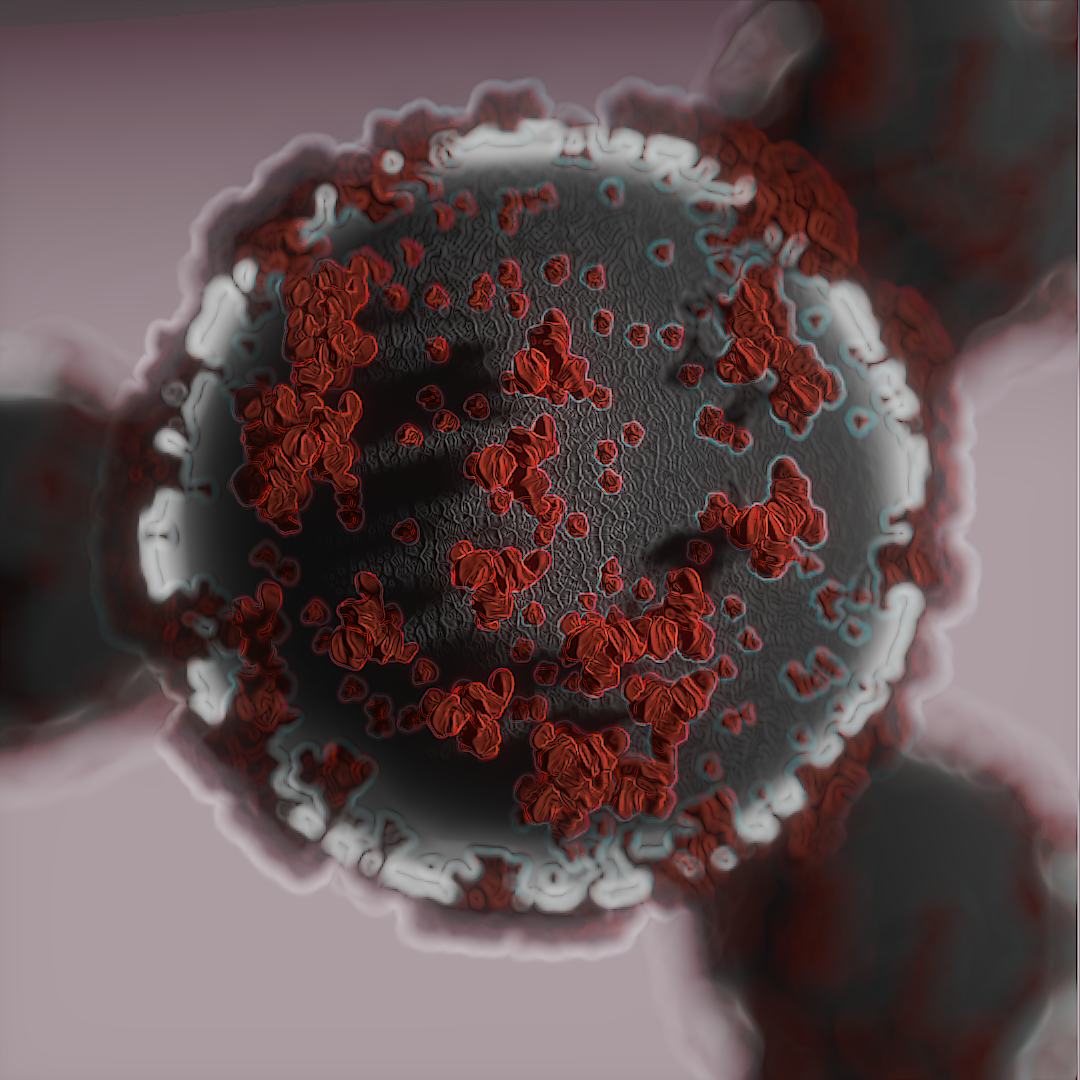The medical state of affairs: a scientific update on COVID-19
Before the coronavirus was classified as a pandemic and became widespread in the United States, I interviewed Dr. Nolan, an infectious disease specialist at St. Dominic. That was about two months ago. In the short time since, COVID-19 has become a worldwide crisis and spread rapidly throughout the United States. I reached out to Dr. Jones, the head pulmonologist with Jackson Pulmonary Associates, to discuss current treatments, testing, and other aspects of the pandemic. Dr. Jones has been working in the ICU treating the patients most critically ill with COVID-19.

Dr. Jones said that the “biggest hole in being prepared” was the level of testing the United States was able to provide. Currently IMG and IGG blood tests and nasal swab tests are being used in the Jackson area. A nasal swab is on average 60% sensitive, whereas IMG and IGG tests are more so, as they test for antibodies in the blood. A swab test can only tell if the virus is currently in your body, while blood tests can show if someone has come in contact with the virus and recovered or did not display symptoms. Unfortunately, antibody testing might not be as useful long term, as RNA viruses, like COVID-19, mutate rapidly. The problem with nasal swabs is that someone could test negative but later be admitted to the hospital with severe symptoms because of test inaccuracy.
The most common symptoms indicative of the coronavirus are flu-like and include fever, persistent coughing, and sore joints. Some patients also display changes in skin coloration and conjunctivitis. In more serious cases, patients have developed blood clots. Some physicians have prescribed blood thinners to help combat this, but Dr. Jones said this might not be helpful as the cause of the clotting isn’t necessarily that the blood is too thick but that the blood vessels themselves become inflamed and sticky. Furthermore, this symptom reveals that the physiology of COVID-19, often referred to as a respiratory illness, is not yet completely understood. Statistics indicate that 80% of COVID-19 cases can be treated as outpatient cases. About 20% of cases result in hospitalization, and, of those 20%, only about a quarter require serious care.
Many medicines have been used in attempts to treat COVID-19, including hydroxychloroquine, azithromycin (often referred to as Z-pak), and Rhendezover. Dr. Jones stressed the fact that none of these medicines have been proven in clinical trials or long term studies to have any positive effect on COVID-19 patients. He also discussed “observer bias,” meaning that the doctor will often attribute any positive outcomes to the medicine with which the patient is being treated, whether they are certain the patient’s recovery was due to the medicine or natural processes. Dr. Jones also stated that many have moved away from using Z-paks and hydroxychloroquine because the doses of these medicines used to treat COVID-19 are higher than the normal recommended doses and can cause serious side effects. If either medicine is used, the patient’s electrocardiogram is closely monitored to determine the effect the medicine is having on the heart. Patients admitted to the ICU often require supplemental oxygen and a longer hospital stay than would be caused by other viruses. The use of Facebook groups to discuss treatments has emerged as a helpful tool for doctors around the world.
In Jackson, compassionate use allows doctors to try different medications that may not be proven to treat patients in life-threatening conditions. Both St. Dominic and Baptist hospitals are part of a Mayo Clinic multicenter trial testing plasma donation from recovered patients to ill patients. Dr. Jones wanted to remind people that long scientific proofs are required before medicines can be declared effective. Research takes time, and Dr. Jones mentioned the time it took for medicine to develop effective HIV treatments and better understand the disease.
When asked about trends in Jackson and the surrounding area, Dr. Jones said that he has definitely not seen a decrease in cases, and on any given day there are 35-40 hospitalized patients. Hinds and the surrounding counties have seen the highest incidence of severe cases.
“I don’t think anybody is ever ready for a pandemic,” stated Dr. Jones. It took the hospital about a month to get adequate PPE in place because management prefers not to “keep money on the shelves” and purchase PPE from suppliers as required. Dr. Jones thinks that St. Dominic has done a good job protecting medical professionals, and none of the 20 health care workers regularly working in the ICU have contracted the virus. Dr. Jones emphasized that the virus has spread differently in Mississippi because people are more spread out than they are in New York City. Also, the metro area hospitals have been receiving transfers from strained smaller hospitals.
I was also able to speak to Laura Katherine, a nurse working in the St. Dominic emergency room. LK said that her routine has changed a lot with the pandemic. She is screened every day when she arrives at work and is required to wear a mask. A nurse now also screens everyone entering through the ER, and patients are kept 6 feet apart when checking in and sitting in the waiting room, which sometimes proves difficult when there is a large number of people. I asked LK about hospital protective measures as well, and she said, “I believe they are doing a great job trying to keep patients and medical staff as safe as possible.” Her department is well stocked and has been receiving donations. They have also started sending n95 masks to be cleaned and reworn, since they don’t know how long the pandemic will last. Other measures include screening every entering patient and providing them with a mask and only allowing visitors in extreme circumstances. Determining the exact number of COVID-19 patients entering the ER is difficult because testing takes several days; however, LK told me that the number of patients testing positives with worsening symptoms have recently increased.
I asked LK what the public could do to help health care professionals without exposing themselves to undue risk. “Really the best support is following the government regulations and staying quarantined as much as possible, even younger people because they can spread it,” LK stated. LK also wants to encourage the public to stay active at home since many have lost the ability to go to the gym and aren’t moving around as much as usual.
Thank you to Dr. Jones and LK for taking the time to answer my questions and to all of the healthcare professionals in Jackson, MS and across the country for all of your work!












